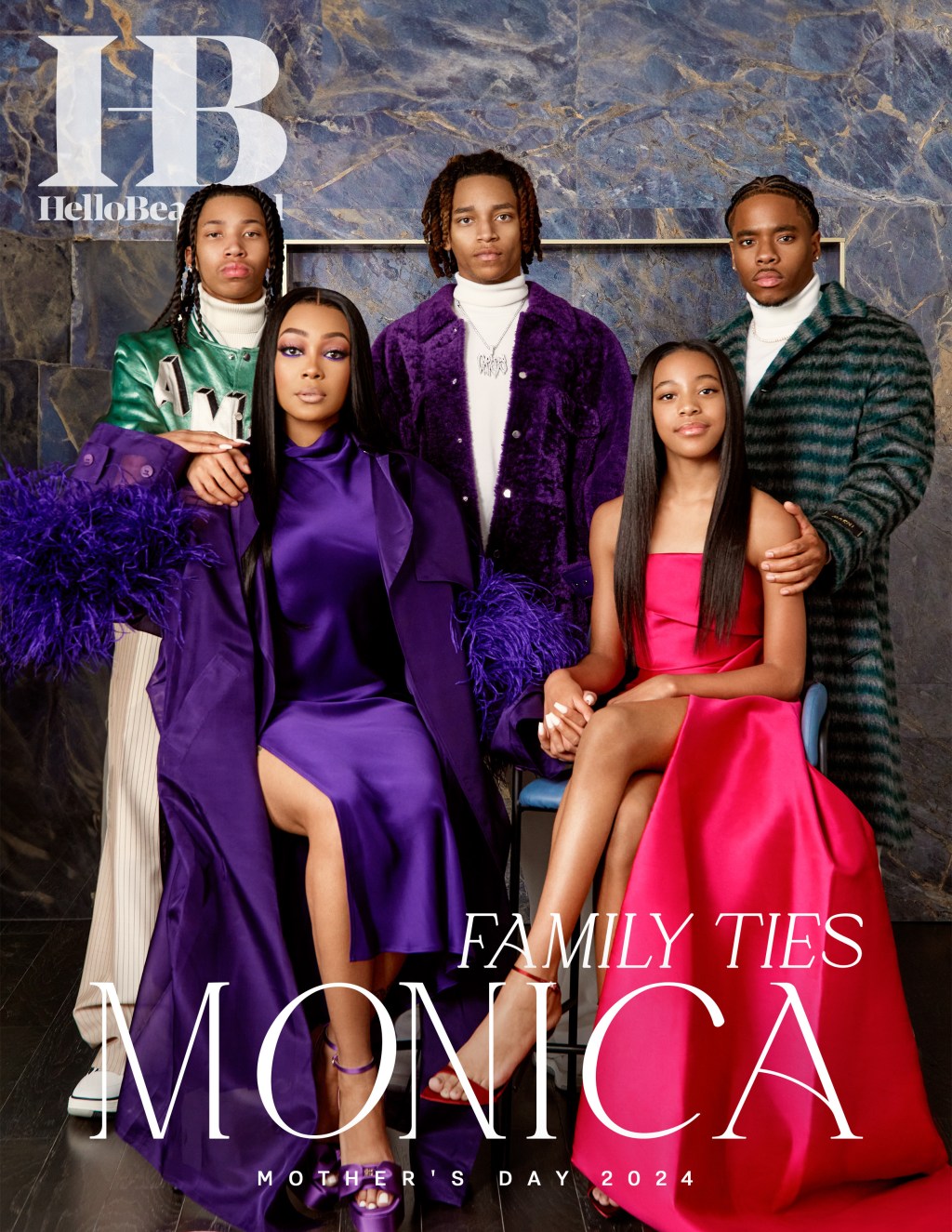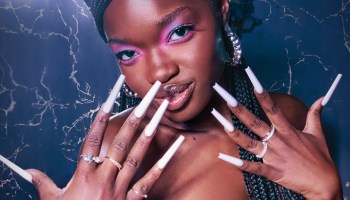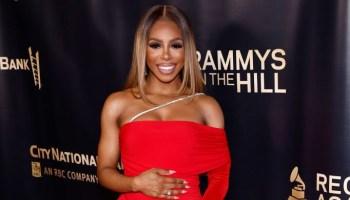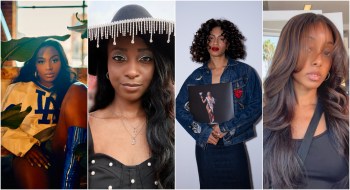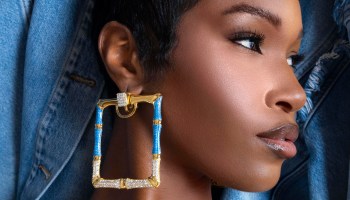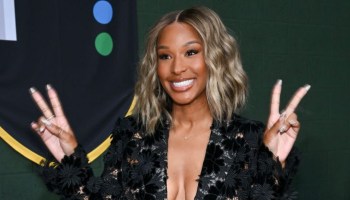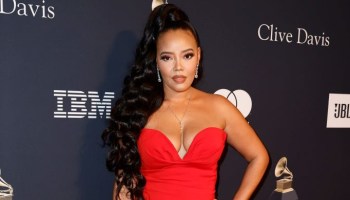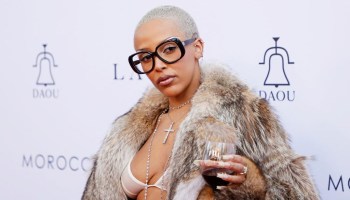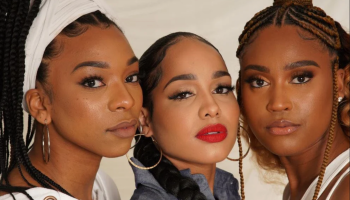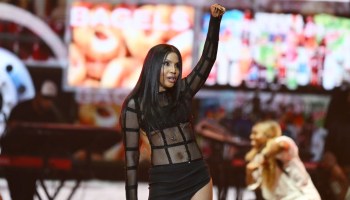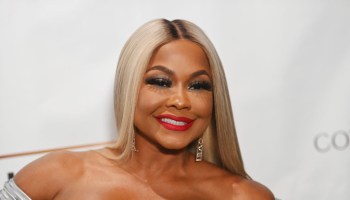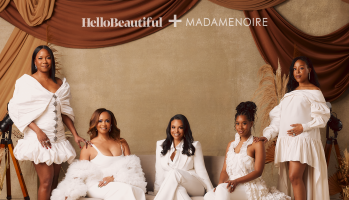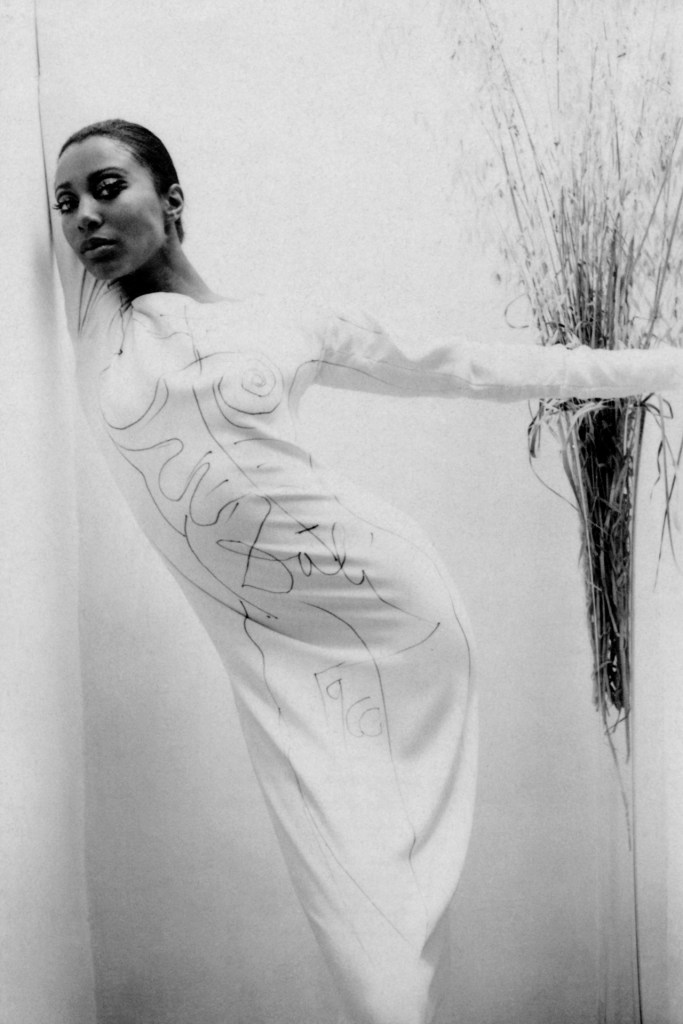
Source: Luigi Cazzaniga/HBO / This was downloaded from the HBO pressroom with credentials it is intended for editorial use
Donyale Luna, born Peggy Ann Freeman, was a Black supermodel from Detroit whose story was discarded by fashion aristocrats.
A documentary coming to HBO explores Luna’s extraordinary life and tragic death. It features Luna severing ties with her community to pursue a life more authentic to her true self than the one she was born into. She experienced a childhood full of domestic violence. When bullies attacked her for failing to fit the beauty standards in her neighborhood, Luna became someone else in response. The beauty with the curtain bangs and slicked-back widow’s peak adopted a new name, a unique persona, and a new dialect.
“She had never been nowhere to get an accent,” recalled her sister in the film before wistfully sharing her feelings about her sister. “She left me behind,” she said, her gold nails gripping Luna’s photograph tightly.
You can run away with your feet still on the ground.
But Luna had traveled far away. Geography was a technicality. It would be years until she could leave the city and pursue modeling and acting. But in her mind and heart, she was already gone. The long-legged beauty left more than her family behind on the snowy streets of Motor City.
When catching the fashion world’s eye, she told various stories about her ethnic background. Talking heads share contrasting snippets of dubious details she told them about her racial origins in the documentary. She introduced a new identifier to each new person she encountered.
Luna became Mexican or South East Asian; she was whoever she needed to be to have someone see her, not what box she checked on the census. Distancing herself from stereotypes associated with Black girls was an unpopular choice that earned her criticism from her family.
This technique to gain work and social capital is not unique to Luna. Anybody who has witnessed a racially ambiguous Black girl who swears, “I got Indian in my family” to anyone who will listen has known a Donyale Luna.
Their desire to dilute their Blackness was not malicious – It was desperate.
Luna was desperate for success and Freeman was desperate for freedom.
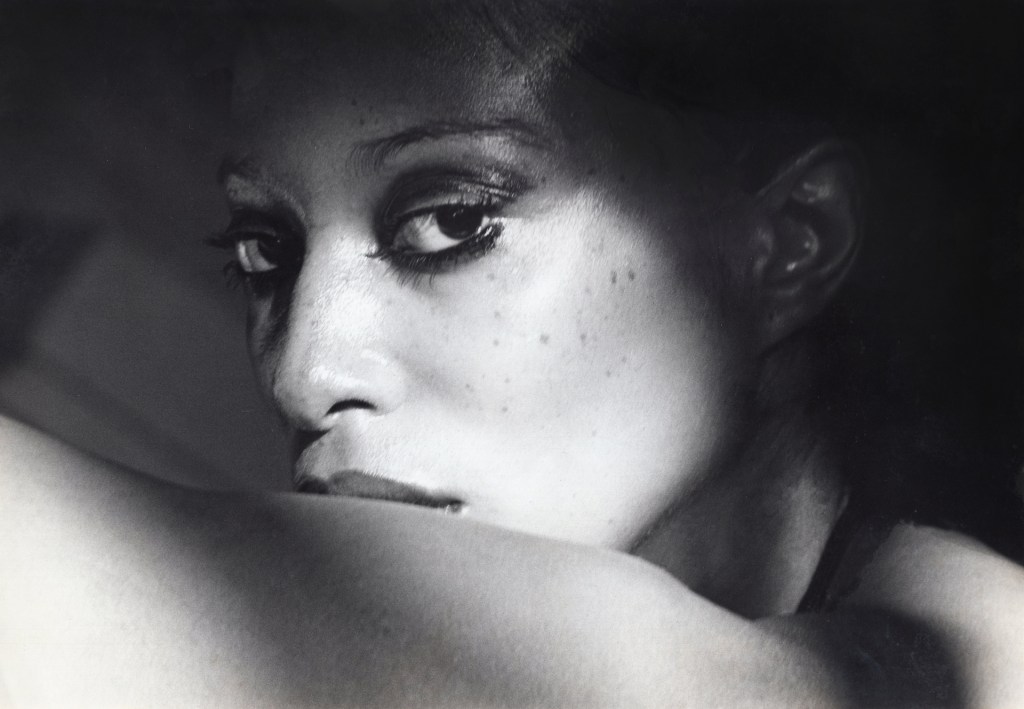
Source: Luigi Cazzaniga/HBO / Photograph by Luigi Cazzaniga/HBO
That desperation placed her on the cover of Harper’s Bazaar when Black people were denied the right to eat in public establishments. It put her in the arms of rock stars and playboys. It let her experience all that the swinging 60s had to offer.
Peggy Ann Freeman wanted more, and Donyale Luna went and got it for her.
She was accused of pretending and embellishing. But she was creating the reality she wanted by acting as if it already existed. That pretense ushered her into the studios of Richard Avedon, Gideon Lewis, and Andy Warhol.
It’s easy to judge Luna but the film does not fall into that trap.
The statuesque stunner could have been a voice for civil rights and fought for her community. She could have gone back for her sister. She could have chosen to attend her father’s funeral.
But director Nailah Jefferson recognizes her subject had her own needs and psychological burdens. She acknowledged the strain Luna felt. She forced us to place the blame where it belongs, in a world where Black women are considered less than.
Luna was a prolific creator who needed to express herself in a way that was not appreciated at family functions and dive bars. She needed to find a community to connect with people who valued her creativity. Saving herself in a world not built to fulfill her needs fell to her. She accomplished it the best way she knew how.
She didn’t march in the streets, but her presence made a difference. It mattered that Black girls saw her accepted as glamorous and beautiful. Black girls saw her treated well. That meant something.
Her sacrifices could not conquer systemic racism, and New York dried up for the star after backlash to her beauty flooded the inbox of the fashion editors who employed her.
The doors she pried open with half-truths and full faith slammed shut.
Lewis recalled being chastised by legendary Vogue Editor-in-Chief and Conde Nast executives for submitting stunning photos of Luna. “They said don’t do it again,” he said.
Luna opted to defect to Europe to avoid discrimination in the tradition of Black artists like Lois Mailou Jones and Josephine Baker. There, she found the intellectual stimulation she desired and true love. Before her young life ended, she truly lived.
Her legacy inspired countless icons, including Zendaya. Luna rejected what was offered to her to do that. How she did it was unpopular, but it was impactful.
She made the most of her thirty-three years by shedding what did not serve her. That was an act of revolution. That act, like Luna herself, was not obvious, but it was beautiful.
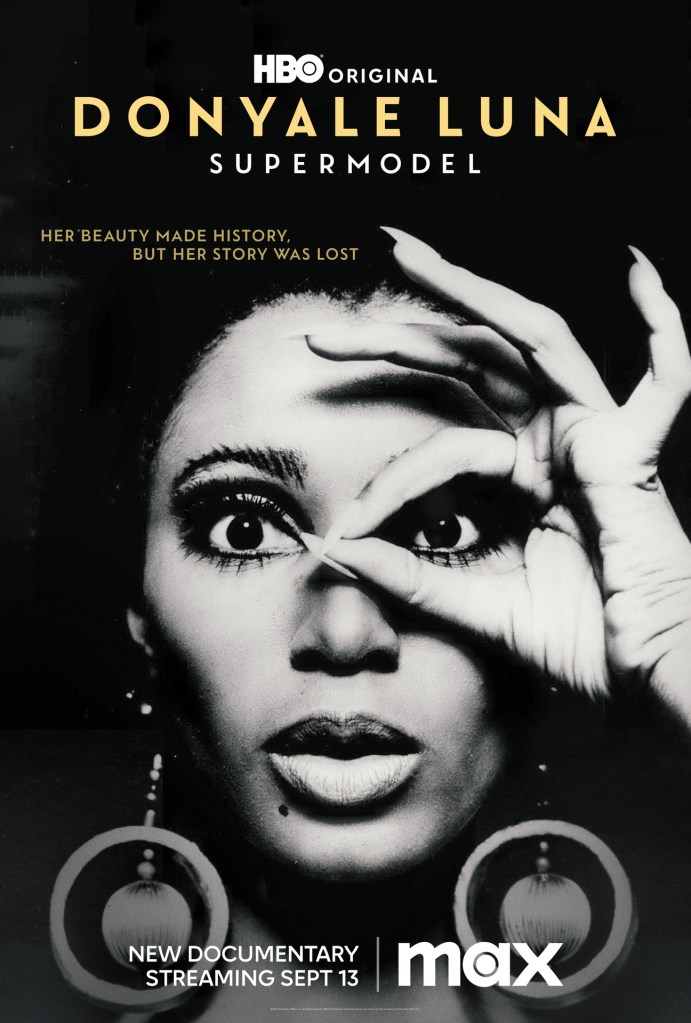
Source: HBO / This was downloaded from the HBO pressroom with credentials it is intended for editorial use
Donyale Luna: Supermodel debuts on HBO and MAX on September 13.
DON’T MISS:
Naomi Campbell Kicks Off NYFW With A Runway Show For Her PrettyLittleThing Collection
Rasheeda Frost Talks Bossing Up And Knowing When To Fall Back
